The Lao revolutionary movement began to develop in the 1930s within the general organization of the Indochinese Communist Party. In August 1950, the National Congress of the Itsala Front was held at Tre Hill, Tho Hamlet, Ngoi Village, My Bang Commune, Yen Son District, Tuyen Quang Province. The Congress adopted a 12-point platform, elected the Lao Resistance Government and the Central Committee of the Itsala Front, and affirmed the establishment of an independent, unified Laos that would implement freedom and democracy.
Vietnam-Laos friendship originated from difficult years. Photo: Internet.
The friendship between Vietnam and Laos originated from the difficult years when both countries shared the goal of gaining independence and freedom. During the resistance war against colonialism and imperialism, the Vietnamese and Lao people stood side by side, supporting each other spiritually and materially. The arduous marches of the two countries' armies through the mountains and forests, the meals shared between soldiers and people on both sides of the border are clear evidence of this special relationship. Together, Vietnam and Laos overcame countless challenges to gain glorious victories, establishing a solid foundation for everlasting solidarity.
The Vietnam-Laos border is not only a geographical boundary, but also a bridge of profound cultural exchange between the two brotherly nations. Over the centuries, the people of Vietnam and Laos have formed a strong friendship, nurtured by sharing, cultural interaction and traditional lifestyles.
Vietnam – Laos border: A deep bridge between two brotherly nations. Photo: Internet
The Vietnam-Laos border area stretches about 2,340 km from Dien Bien to Kon Tum . The peaceful coexistence of ethnic communities has created a rich cultural exchange environment. From costumes, cuisine to traditional festivals, ethnic groups on both sides of the border constantly learn and exchange culture with each other. This makes the border area a living cultural treasure, imbued with cultural identity, imbued with the spirit of harmony, contributing to the cause of building, solidarity and developing the relationship of exchange and attachment between the two countries with adjacent borders.
The two cultures of Vietnam and Laos have a strong cultural exchange, especially in the border provinces. Traditional festivals, religious ceremonies and customs of the Vietnamese and Lao people show deep similarities in behavior, respect for nature and hospitality. The Lam Vong dance of the Lao people and the Xoang dance of the Thai people in the Northwest of Vietnam, the sound of the Khen, the Tinh lute, or folk songs have become the glue that binds the two peoples. This cultural exchange is an indispensable part, contributing to enriching the spirit of brotherhood.
Another highlight of the Vietnam-Laos cultural exchange is the typical festivals such as the Bunpimay festival of the Lao people and the New Rice Festival of the Thai, Kho Mu, and Muong people. On these occasions, people on both sides of the border hold traditional folk rituals together, praying for a bountiful harvest, health, and luck. This also shows the deep exchange between ethnic communities.
Vietnamese - Lao culture, the exchange that connects national love. Photo: Internet.
The cuisine of the Vietnam-Laos border region also reflects the unique cultural fusion. Vietnamese and Lao people share many similar dishes such as sticky rice, papaya salad, grilled fish, and sticky rice dishes. However, each ethnic group has its own variations, creating richness and diversity. Border markets are places where not only goods are exchanged but also traditional dishes, demonstrating the spirit of close exchange between the two peoples.
Solidarity and mutual support in difficult times have further strengthened the cultural relationship between Vietnam and Laos. Throughout history, from the period of resistance against colonialism to the era of peace , the two nations have fought, built and developed together. Stories of assistance and solidarity between the armies and people of the two countries are clear evidence of the spirit of “Vietnam-Laos brotherhood”.
The culture of the Vietnam-Laos border region is not only a convergence of precious traditions but also a symbol of friendship, hospitality and sustainable cooperation. These values not only help maintain the unique identity of each nation but also contribute to enriching the cultural map of Southeast Asia. Through many generations, the Vietnam-Laos border is not only a boundary but also a solid bridge, connecting and spreading the quintessential cultural values of the two nations.
In times of peace, the relationship between the two countries has not only stopped at the consensus in war but has also developed strongly in all fields, from economy, culture to education and defense. Cultural exchanges, academic exchanges and economic cooperation projects have always been promoted continuously. Border economic zones, border markets and student exchange programs between Vietnam and Laos have not only contributed to the development of the two countries but also become living symbols of the spirit of cooperation.
The Vietnam-Laos friendship is a special relationship, with historical depth and invaluable spiritual value. It is not only a relationship between two countries, but also a close affection between two peoples, a symbol of cooperation, solidarity and sustainable development. Over time, this relationship has become more and more solid, contributing to the stability and development of both countries, and spreading good values throughout the region and the world. The Vietnam-Laos friendship not only shines forever, but is also a precious heritage for future generations./.
Thanh Tung



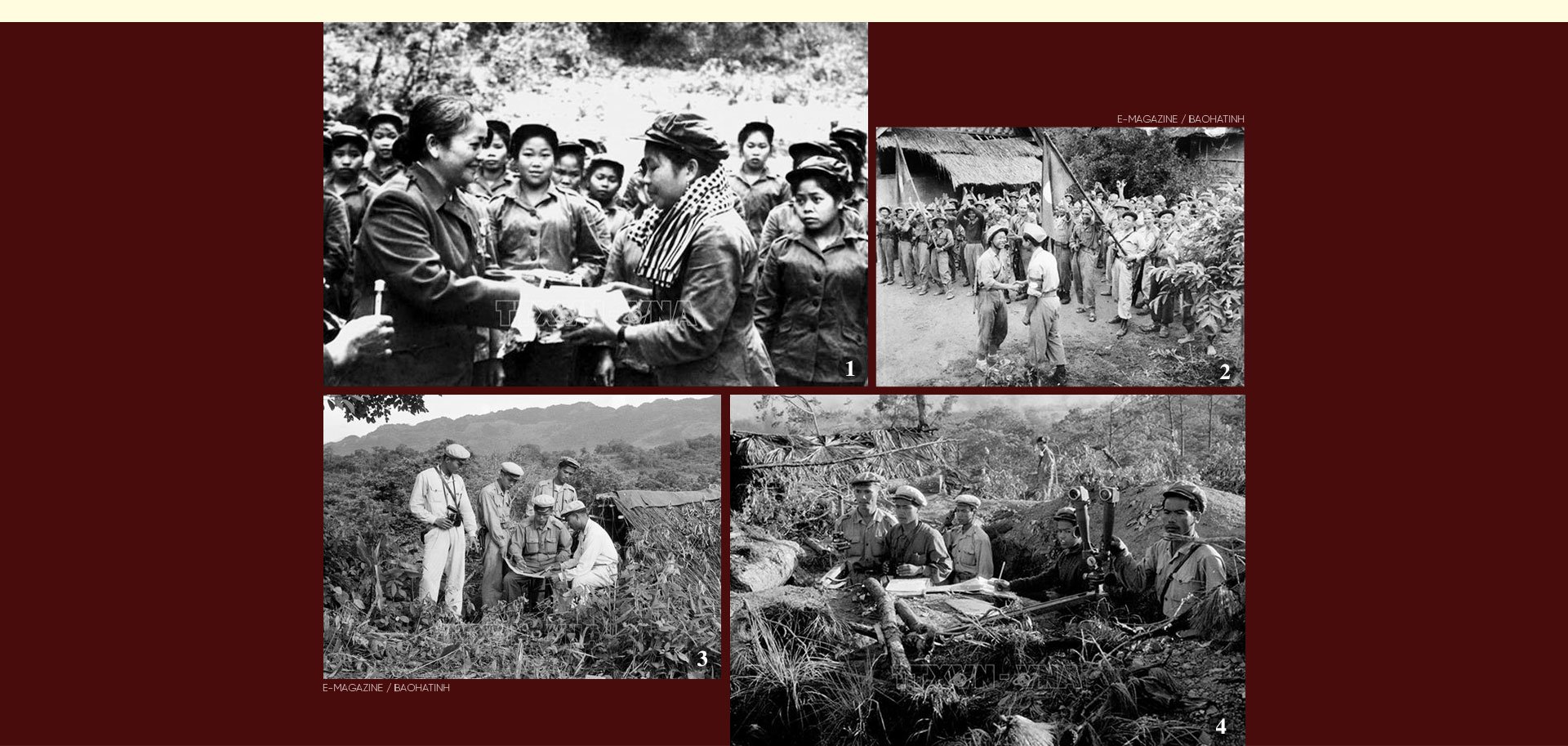
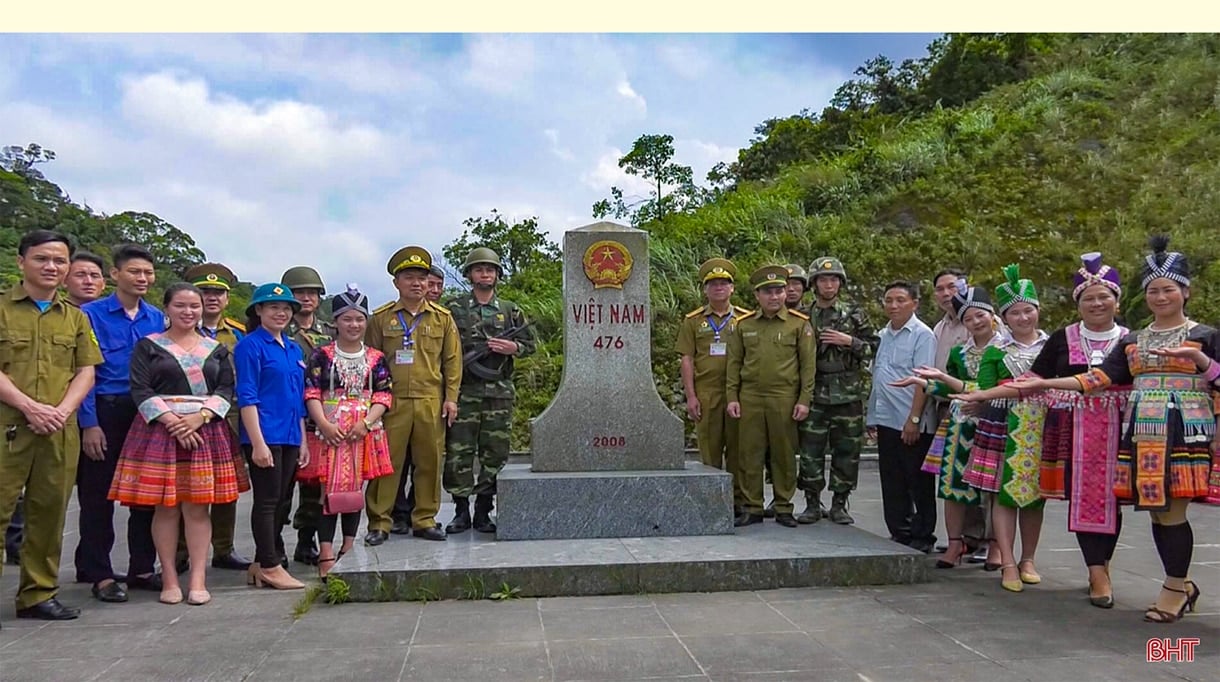
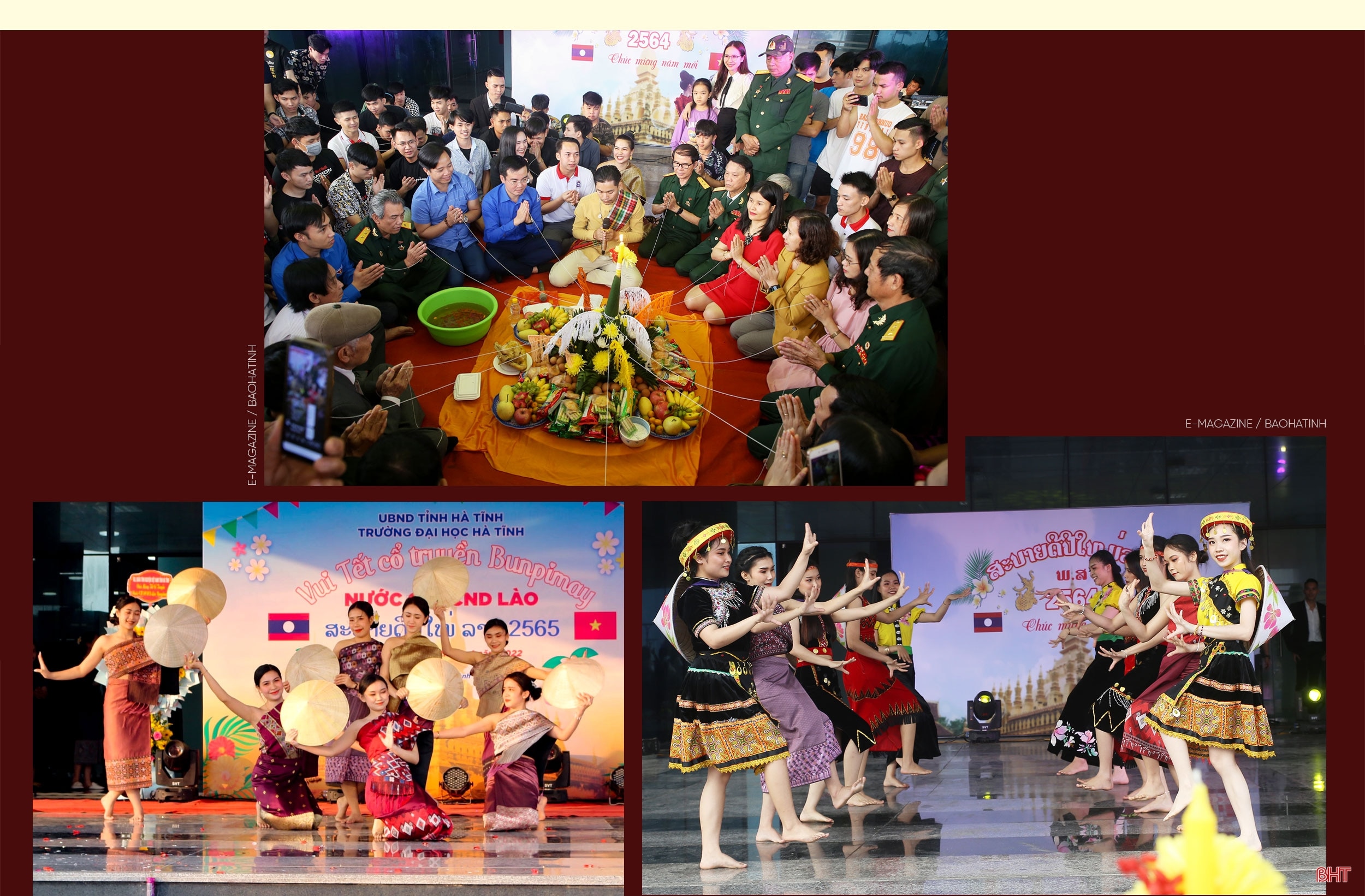
![[Photo] Politburo works with the Standing Committee of Can Tho City Party Committee](https://vphoto.vietnam.vn/thumb/1200x675/vietnam/resource/IMAGE/2025/9/4/10461762301c435d8649f6f3bb07327e)



![[Photo] Prime Minister hands over decisions on receiving, transferring and appointing leaders of ministries and agencies](https://vphoto.vietnam.vn/thumb/1200x675/vietnam/resource/IMAGE/2025/9/4/b2445ecfd89c48bdb3fafb13cde72cbb)

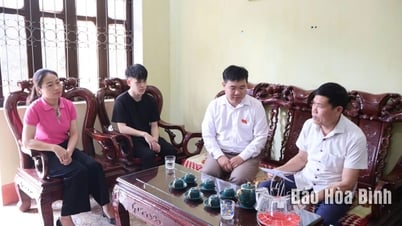

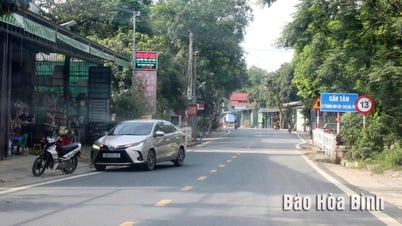
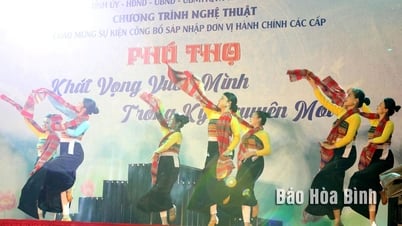
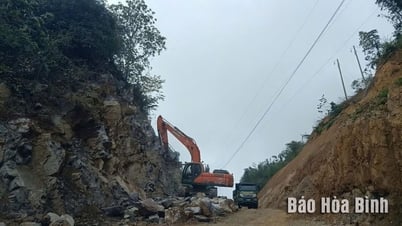
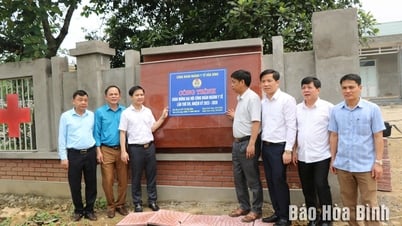
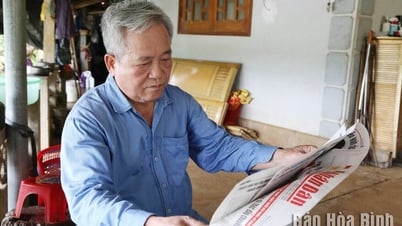
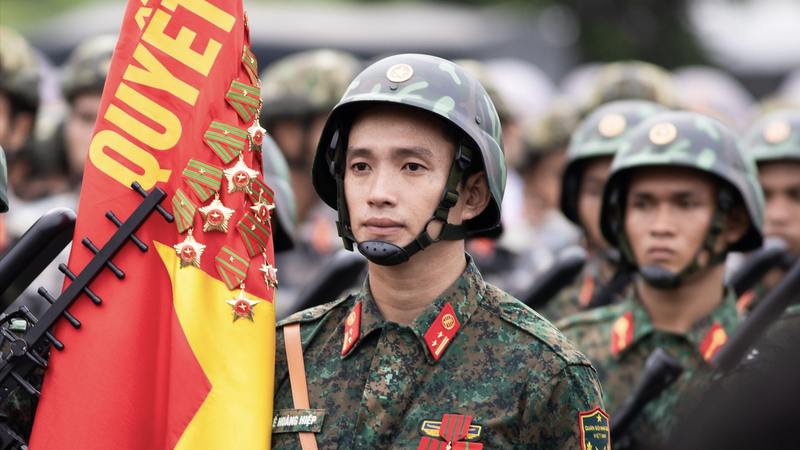

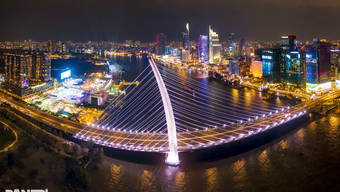
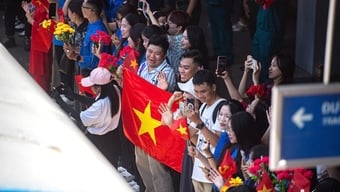

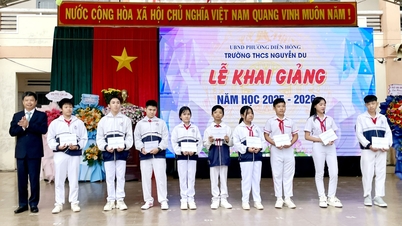

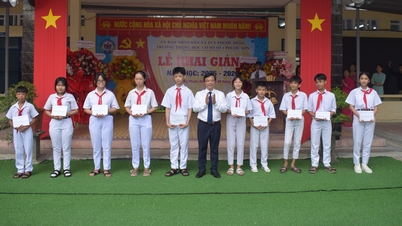

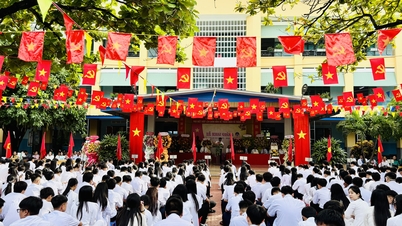
![[Photo] Politburo works with the Standing Committee of Lai Chau Provincial Party Committee](https://vphoto.vietnam.vn/thumb/1200x675/vietnam/resource/IMAGE/2025/9/4/f69437b9ec3b4b0089a8d789d9749b44)
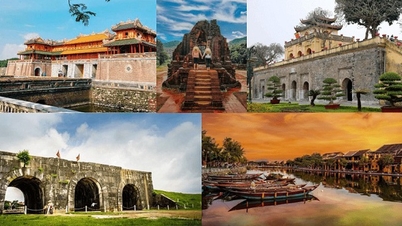

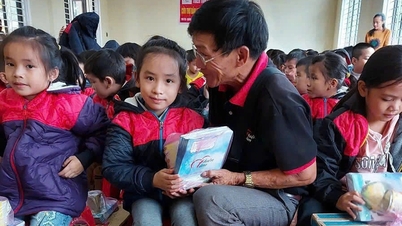



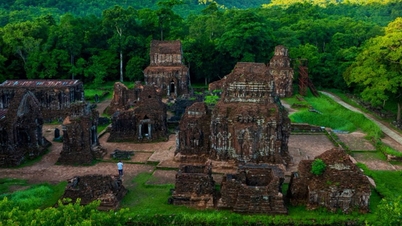

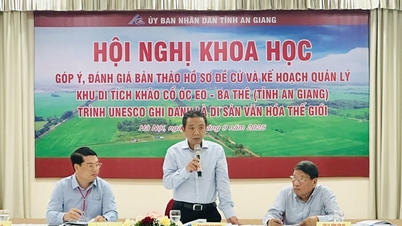





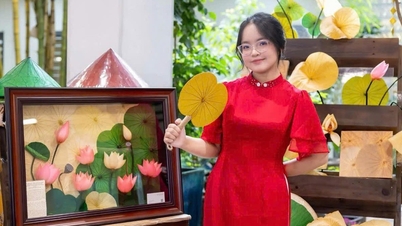

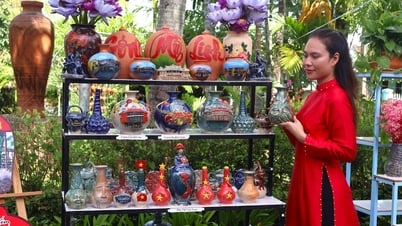








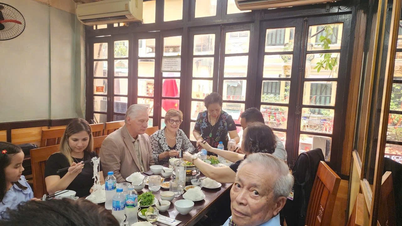


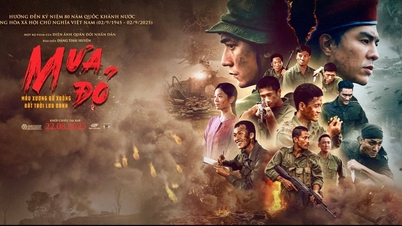



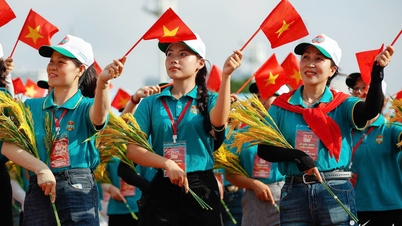
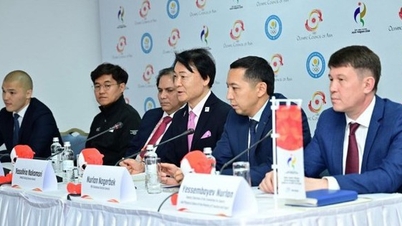

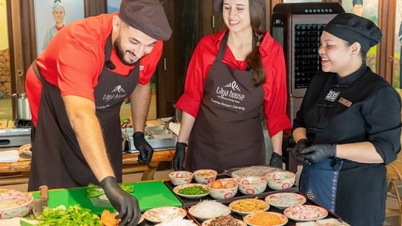



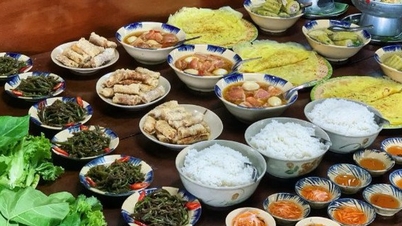


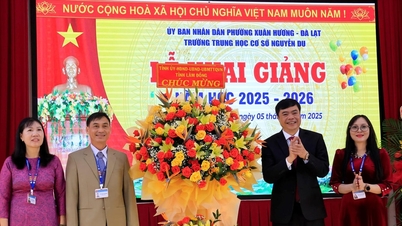





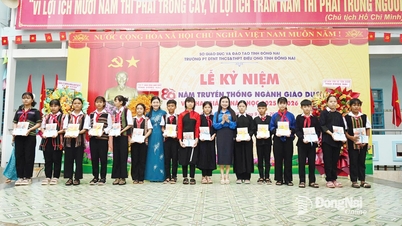






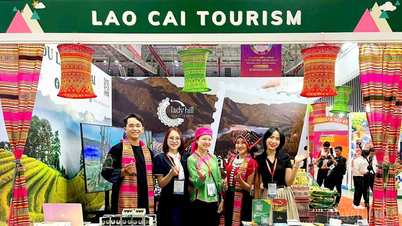








Comment (0)